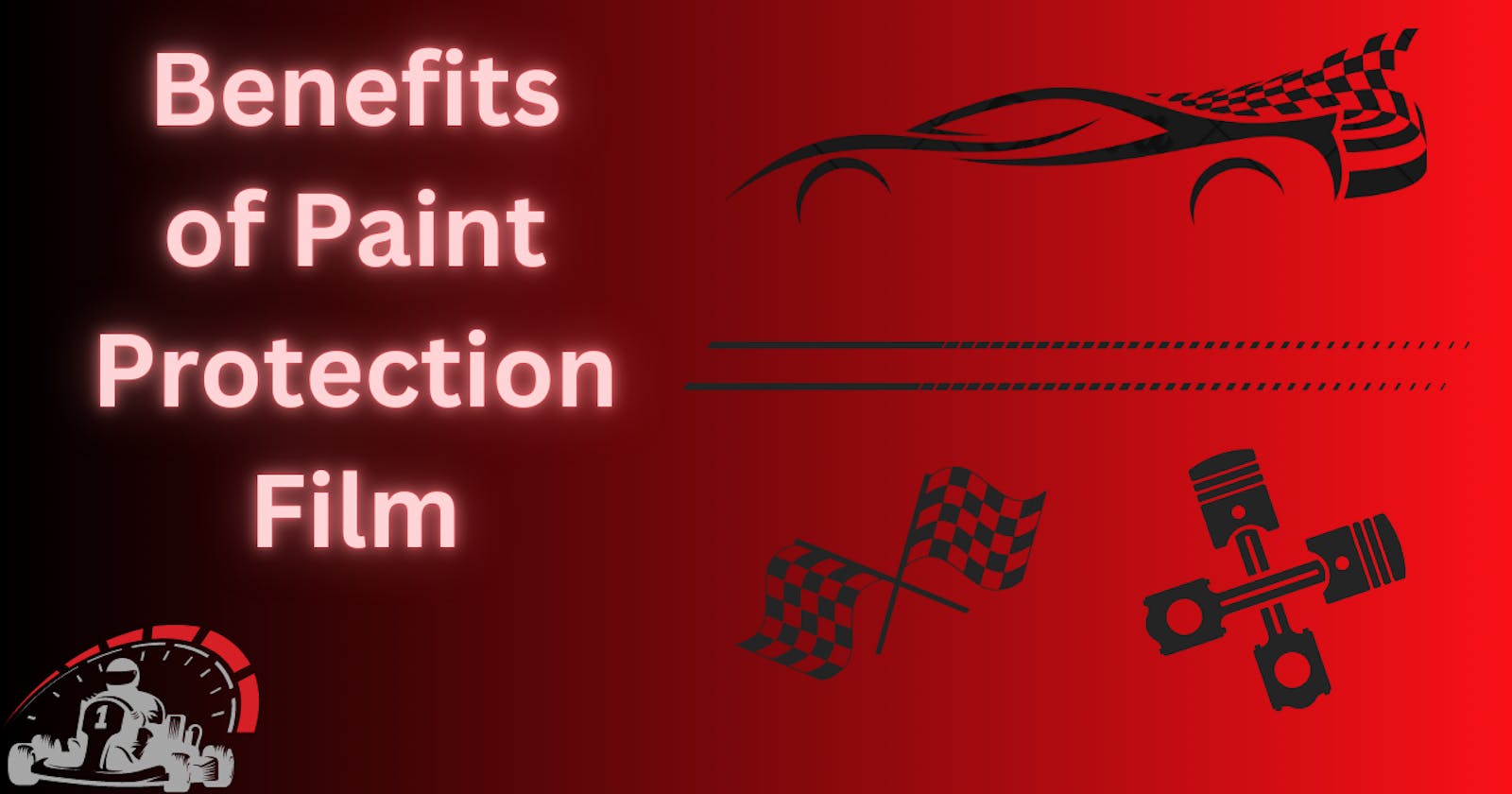Overview
Paint protection film (PPF) is a clear, durable, thermoplastic urethane film that is applied to the painted surfaces of a vehicle to protect it from scratches, chips, and other types of damage. PPF can be used on a variety of surfaces, including door edges, mirrors, and headlamps.
The film can be made to fit the contours of a particular vehicle model and is usually transparent. It is made to be strong and long-lasting, and some of the films can even shield against natural hazards like UV rays and oxidation. PPF is frequently used by car owners who want to maintain the new appearance of their cars and prevent the need for costly repairs or repainting. The paint on new cars is frequently protected with it during shipping and storage in the automotive business.
PPF can offer great damage protection, but it is not a foolproof solution. In some situations, it can still be scraped or harmed, and it might not be able to defend against all forms of environmental harm. The film and the underlying paint still need to be cleaned and maintained regularly to stay in excellent shape.
Types of PPF
Paint protection films (PPF) come in a variety of forms, including the following:
Self-Healing PPF: This kind of film is made to be able to repair itself from small dings and swirls. The damage is successfully repaired by the film's use of a special topcoat that responds to heat and returns to its initial state.
Glossy PPF: The most popular form of film for protecting glossy paint finishes. Similar to the paint it is shielding, it has a high-gloss surface.
Matte PPF: Unlike glossy paint finishes, matte and satin paint finishes require a different kind of protection, so this kind of film is created especially for them. The flat, non-reflective surface of matte PPF is designed to withstand stains and fading.
Colored PPF: This form of film comes in a variety of colors and can be used to alter a vehicle's appearance while offering protection. For accents, racing stripes, and other modifications, colored PPF is frequently used.
Textured PPF: This kind of film has a special texture that can resemble the appearance of materials like leather, brushed metal, or carbon fiber. PPF with a texture can be used for both defense and decoration.
The particular PPF to be employed will depend on the needs and preferences of the vehicle owner. To choose the best PPF for a specific vehicle and application, it's crucial to speak with a qualified installer.
Is PPF Worth It?
Whether PPF (paint protection film) is beneficial depends on several variables, such as the car's value, the owner's driving style, and the desired level of protection.
PPF can be a worthwhile investment for owners of high-end or luxury vehicles because it can help shield the paint job from damage that could be costly to fix. PPF can also assist in preserving the vehicle's resale value by keeping it in excellent condition.
PPF can offer useful defense against chips, scratches, and other types of damage for drivers who frequently travel on motorways or in regions with a high risk of debris and road hazards.
PPF can be an expensive investment, though, and not all vehicles or owners may find it advantageous or essential. The cost and effort of ownership may increase because PPF needs routine cleaning and maintenance to stay in good condition.
The choice to invest in PPF should ultimately be made after a thorough analysis of the requirements and circumstances unique to the vehicle owner. To find the best choices and prices for PPF installation, it's crucial to speak with a seasoned installer.
How to determine the quality of PPF?
It can be difficult to assess a PPF's (paint protection film) quality, but there are a few things to take into account:
Manufacturer: Seek out PPF companies that are reputable and well-known in the market. The most renowned names in the industry are 3M, XPEL, SunTek, and LLumar.
Adhesive: Choose a PPF with a strong, long-lasting adhesive so that it will stick to the paint firmly and prevent peeling or lifting.
Thickness: Consider the film's thickness because thicker films generally offer greater protection against damage. In general, 8 mils or more of width are advised.
Clarity: Verify the transparency and clarity of the film to make sure it won't affect the paint's look.
Self-healing properties: Consider a PPF with self-healing capabilities to lessen the visibility of small dings and swirls.
Warranty: Seek out PPFs with warranties because they can give you peace of mind and assurance that the product is of high quality.
Overall, a PPF's quality can be determined by carefully evaluating a number of different variables, such as the manufacturer, thickness, adhesive, clarity, self-healing capabilities, warranty. Working with a reputable installer is essential, as is selecting a high-quality PPF that fits your requirements and budget.
Conclusion
In conclusion, car owners who want to shield their paint job from damage brought on by road hazards, debris, and other environmental factors may find paint protection film (PPF) to be a worthy investment. PPF comes in a variety of forms, each with distinct qualities and advantages, such as self-healing, smooth, glossy, colored, and textured films.
It's crucial to take into account aspects like quality, thickness, adhesive, clarity, self-healing capabilities, warranty, and reviews when searching for the finest PPF. Choosing a high-quality PPF and working with a reputable installer can help guarantee the film is installed correctly and offers the desired degree of protection.
In the end, the choice to purchase PPF should be based on a thorough assessment of the unique requirements and circumstances of the car owner, including the car's value, driving style, and desired degree of protection. PPF can assist in preserving the appearance and resale worth of a car for years to come with proper installation and maintenance.
